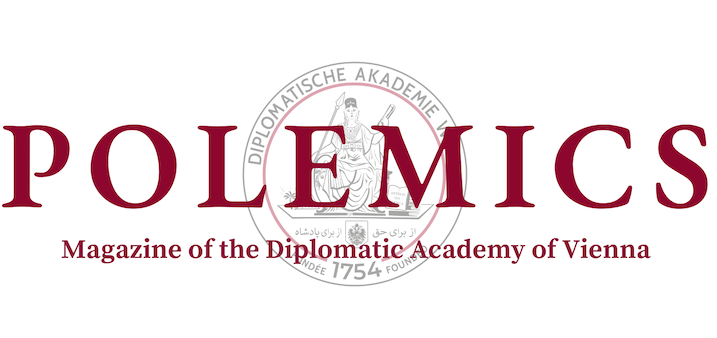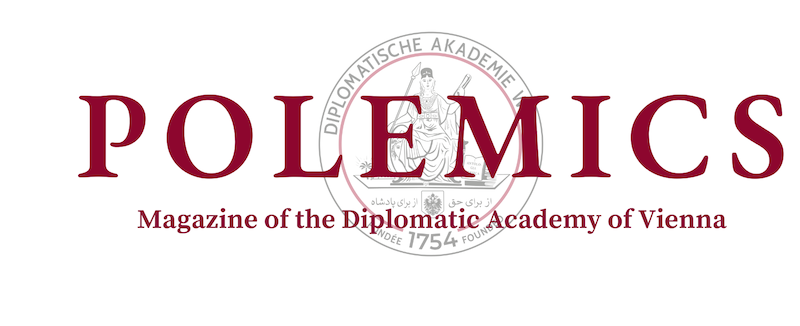Finland’s application to join NATO in 2022 represented a radical departure from its previous foreign policy. This long-debated move came just three months after the large-scale invasion of Ukraine by Russia. On the 4th of April 2023, when Finland officially became a member of the alliance, the 1340-kilometer-long border shared with the Russian Federation was transformed into a potential new area of tension. To fully understand the importance of this event in Finnish history, one defining characteristic stands out: the historical relationship with its neighbor, Russia.
Finland’s cautious and neutral foreign policy has historical roots in its position as the cultural boundary between the East and West. For centuries, the Kingdom of Sweden and the Russian Tsardom vied for control of the country. Having been part of the Kingdom of Sweden from the 12th century until 1809, it was annexed by Tsar Alexander I to the Russian Empire as the Grand Duchy of Finland, and only gained independence in 1917.
Finland, like many other medium and small European nations throughout the last century, has attempted to create a balance between Western and Eastern influences. In the period between the two world wars, Finland followed a foreign policy approach aimed at building connections with Western democracies and simultaneously maintaining relations with the Soviet Union. The country declared itself neutral in the Inter-war period, although it could not satisfy the Soviet Union’s security concerns.
During WW2, Finland lost two brutal conflicts with the Soviet Union, and as a consequence was forced to surrender 10% of its territory. J.K. Paasikivi, the president at the time (1946-1956), understood the existential importance of having good relations with his giant neighbor. He prudently realized that the only way for Finland to preserve its sovereignty and democratic values was to gain Moscow’s trust through provisions of security guarantees. The foreign policy strategy that evolved was named the Paasikivi-Kekkonen line, after presidents J.K. Paasikivi and Urho Kekkonen. The Treaty of Friendship, Cooperation, and Mutual Assistance (FCMA), signed with the Soviet Union in 1948, served as the basis for this policy. Through effective diplomacy, Finland successfully negotiated the agreement, enabling both its independence and its democratic principles to be preserved, and avoiding being included in the Eastern bloc.
However, once the treaty was signed, Finland’s foreign policy options narrowed considerably, as the treaty prohibited Finland from joining any alliance directed against the Soviet Union. The treaty also contained a provision for joint military consultation in the event that both parties identified a threat, entailing that Finland would engage in military negotiations with the Soviet Union if an attack was deemed likely. Indeed, Finnish neutrality during the Cold War has been described as more a necessity than an identity. This was often criticized and labeled as “Finlandization”, a term used to describe Finland as an undesirable example of neutrality, where a smaller state adapts its policies in accordance to the interests of a neighboring great power. In the long run, however, it produced positive outcomes for Finland: they joined the UN and the Nordic Council with Moscow’s approval in 1955. These accessions gave Finland new options for demonstrating its independence.
President J.K. Paasikivi’s successor, Urho Kekkonen, (1956-1982), was active in further developing the strategy of active neutrality. He acknowledged that Finland could only approach the West by simultaneously approaching the East. Kekkonen’s eastward diplomatic efforts generated economic and security policy benefits: in the spring of 1961, after achieving Moscow’s approval, Finland was able to become an associate member of EFTA. This gave Finland important markets for its exports on the mainland and set the stage for future agreements and decisions to join the EEC, EC, and finally the EU.
Talks concerning NATO membership began in the 1990s after the termination of the FCMA Treaty and the dissolution of the Soviet Union. In 1995, the term “NATO option” first emerged in the security policy report of the Finnish government, which indicated Finland’s decision to keep the “option” to join NATO whenever it considers necessary.
As far as Finland’s relationship with NATO is concerned, it had been part of the alliance’s Partnership for Peace (PfP) program, and from early on Finland had engaged in the NATO-led IFOR, SFOR, and KFOR operations in Bosnia and Kosovo. The current President, Niinistö, proclaimed that Finland’s position before NATO accession was a good place to be. The country was not pushed in any particular direction but was “sitting on the fence” with the freedom to act, the options to choose from, and the space to observe. Finland’s unique identity has always been characterized by the attempt to achieve exactly this kind of balance between Western and Eastern influences. But despite the success of this diplomatic balancing act, Finland nevertheless took the brave yet risky step of joining NATO.
In the lessons of history, it has been repeatedly demonstrated that maintaining diplomatic ties with neighboring nations is of utmost importance for a small country such as Finland. The country’s accession to NATO is undeniably a huge threat to Russia, as it could include NATO military bases being stationed in the Federation’s immediate vicinity. Did Finland’s decision truly serve as a means of self-protection, or did it merely escalate tensions with Russia? What will the potential consequences be? So far, all we know is that Russia has strongly criticized this action, labeling it as a “dangerous historic mistake” and warning of forthcoming “countermeasures.”
Written by Jolán Mária Bogányi, Edited by Anna Riggs
Photo Credit: Wikimedia









